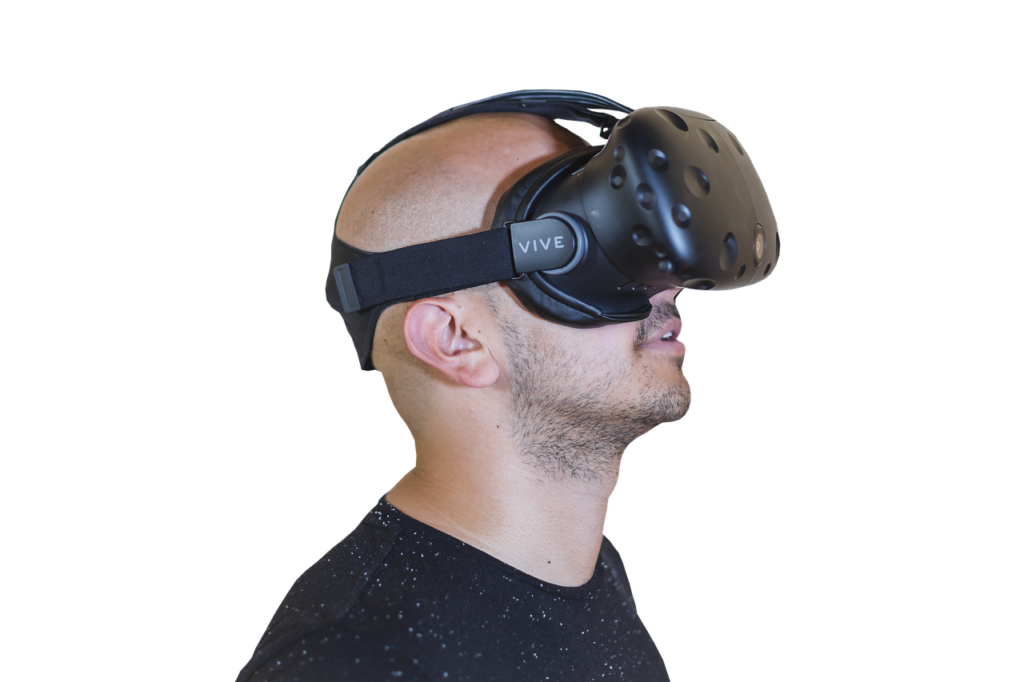PTSD
PTSD (Post Traumatic Stress Disorder) – also called PTSI (illness) or just PTS – can affect anyone at any age following a traumatic event or series of events that compound stress. According to the National Center for PTSD, about 7 or 8 out of every 100 people will experience PTSD at some point in their lives (NIMH). About 15% of veterans have been diagnosed with PTSD; however, that doesn’t include those who have gone unreported, undiagnosed, and unaided.
When one suffers PTSD, a whole lifestyle is altered. Conversations could trigger PTSD feelings which could send a person spiraling down a tunnel of thoughts leading to depression, isolation, or even suicidal ideation. Family time is different as you try to avoid triggers which may send you out of control. Work is affected as you try to manage your symptoms. Things you used to love to do may even be affected. Depending on your specific triggers and symptoms, living in general could be challenging. That’s why it is vital to seek help to manage your PTSD so you can go on living as close to a normal life as possible.
Therapies for PTSD
The American Psychological Association (APA) recommends a few therapy modalities. Cognitive therapies include: cognitive behavioral therapy, cognitive processing therapy, cognitive therapy, and prolonged exposure. Conditional therapies include brief eclectic psychotherapy, eye movement desensitization reprocessing therapy (mentioned in our Spotlights for Meghan and Steph), narrative exposure therapy, and medications. All of those explanations are here, but here’s a highlight:
- Cognitive Behavioral Therapy – “focuses on the relationships among thoughts, feelings and behaviors; targets current problems and symptoms; and focuses on changing patterns of behaviors, thoughts and feelings that lead to difficulties”
- Cognitive Processing Therapy – “helps patients learn how to modify and challenge unhelpful beliefs related to the trauma”
- Cognitive Therapy – “entails modifying the pessimistic evaluations and memories of trauma, with the goal of interrupting the disturbing behavioral and/or thought patterns that have been interfering in the person’s daily life”
- Prolonged Exposure – “teaches individuals to gradually approach trauma-related memories, feelings and situations. By facing what has been avoided, a person presumably learns that the trauma-related memories and cues are not dangerous and do not need to be avoided.”
- Brief Eclectic Psychotherapy – “combines elements of cognitive behavioral therapy with a psychodynamic approach. It focuses on changing the emotions of shame and guilt and emphasizes the relationship between the patient and therapist.”
- Eye Movement Desensitization Reprocessing Therapy (EMDR) – “encourages the patient to briefly focus on the trauma memory while simultaneously experiencing bilateral stimulation (typically eye movements), which is associated with a reduction in the vividness and emotion associated with the trauma memories.”
- Narrative Exposure Therapy – “helps individuals establish a coherent life narrative in which to contextualize traumatic experiences”
- Medications – these could include Sertraline (Zoloft), Paroxetine (Paxil), Fluoxetine (Prozac), or Venlafaxine (Effexor)
The therapies available for PTSD are constantly being studied to find improvements or even better therapy modalities. Recently, virtual reality has been studied as a possible method of helping patients with PTSD. They want to help them deal with and even find a way to overcome symptoms. Imagine if those suffering with PTSD could eventually put a headset on and heal from their ailments in a safe, controlled environment?
Virtual Reality
Our current technology has led us to a place where you can put a device on and change your environment. As technology increases, you will be able to move, see, hear, control, and someday even touch things that aren’t real. This opens a world of opportunity for therapy for PTSD patients. Clinicians and therapists may reintroduce a patient into a controlled environment. There, they can begin to work on recreating or fabricating trauma situations to learn to cope with symptoms. This can even allow patients to escape to a safe space to deal with triggers or stressors.
Just last month, US Navy Reserve veteran Sharon Thompson piloted a program with the VA Medical Center’s Recreation Therapy. They’re testing out a new virtual reality therapy. Thompson had been deployed in Iraq and reported being happy with the VR therapy. Thompson is just one of many veterans trying this out among other studies. The VA Medical Center is hoping that they can help more veterans like Thompson find peace in their therapy while pursuing a way to reduce symptoms of PTSD.
VR breakthroughs are happening regularly and their growth in healthcare is “mushrooming” according to this Arkite article from last November. “Because VR, unlike AR [augmented reality], is one hundred percent programmable and therefore virtual, this technology is already gaining importance in environments where control and safety are priorities.” It’s crucial for PTSD sufferers to continue to feel safe as they move through therapy, otherwise the entire process may fail. Program creators are working to ensure patients feel safe and in control as they work through their PTSD symptoms and triggers. Through it all, we’re learning more every day on how to help our veterans and others who suffer from PTSD.
Tomorrow Today
Technology is increasing so rapidly. So, we may see a vast opening of new therapies and new methods for aiding those with PTSD. The hope is to increase access and success rates. As we conduct more and more studies, those chances increase as well. Our goal is to get those suffering with PTSD back on their feet. We want them to have a steady, healthy lifestyle once again. The road hasn’t been easy, but hopefully with more technology and awareness it will get better.
